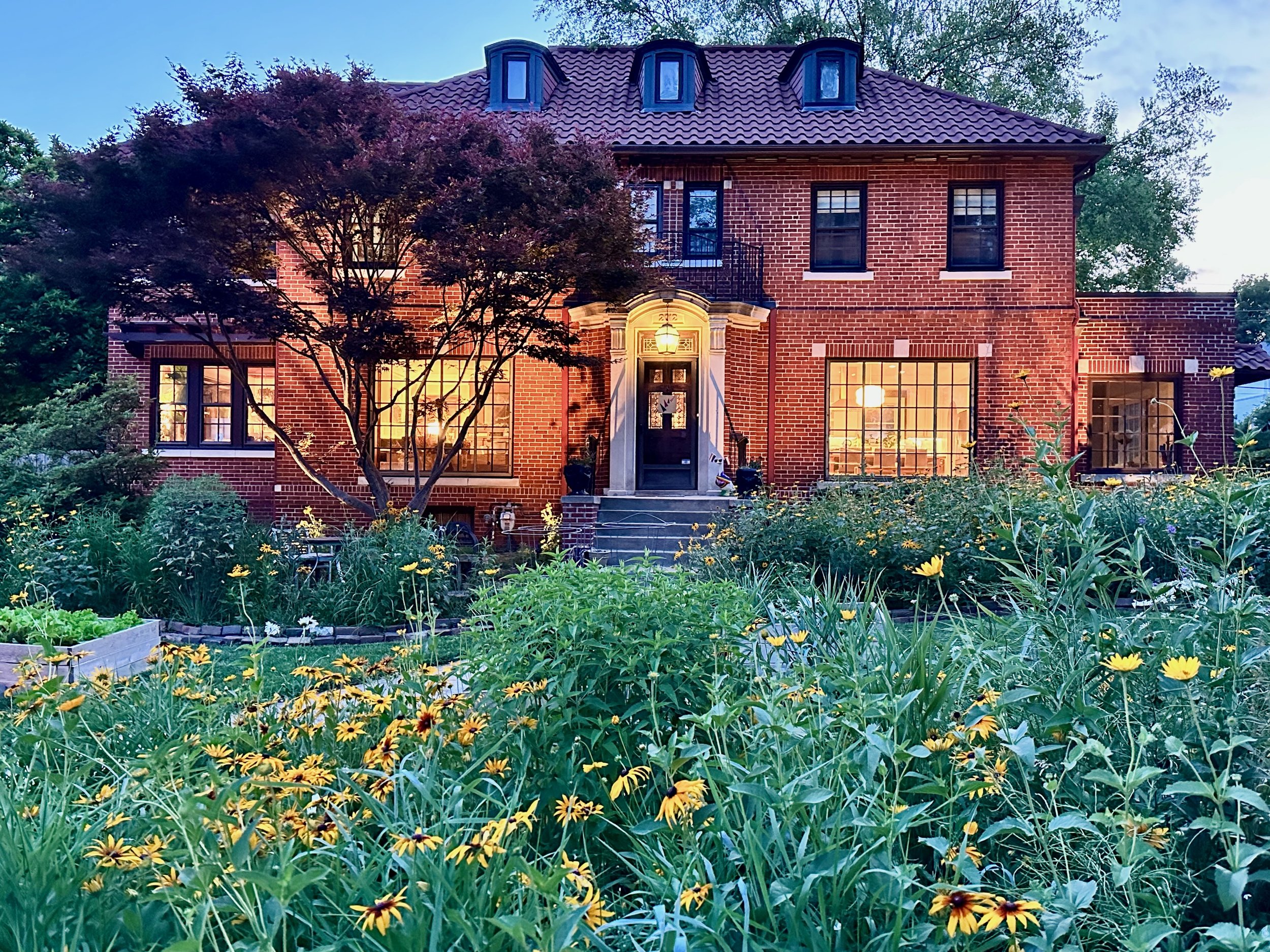Embracing Nature’s Palette: The Beauty of Native Landscapes Over Traditional Lawns
Did you know that our love for the classic lawn might stem from ancient instincts? John Falk's fascinating research dives into how our ancestors' savanna habitats shape our modern landscape preferences. It's a striking realization: our penchant for short grass and dotted trees isn't just a trend; it's a nod to our evolutionary past.
Unearthing Our Landscape Roots: Did you know that our love for the classic lawn might stem from ancient instincts? John Falk's fascinating research dives into how our ancestors' savanna habitats shape our modern landscape preferences. It's a striking realization: our penchant for short grass and dotted trees isn't just a trend; it's a nod to our evolutionary past.
The Rising Star - Native Landscapes: But here’s the exciting part – as our environmental consciousness blooms, so does our love for native landscapes. It's not just about green; it's a burst of colors, textures, and life! These indigenous beauties do more than catch the eye; they echo the soul of our community, potentially boosting both neighborhood charm and property values. Talk about a win-win!
Smart Design - The Key to Acceptance: Enter Joan Nassauer of the University of Michigan, who brings a fresh perspective with 'cultural sustainability.' It's all about blending ecological benefits with designs that resonate with people. Think crisp edges, clear demarcations, and a harmonious mix of native plants and manicured spaces. Larger native areas? They actually charm us more! And when wildlife flutters in, the appeal skyrockets.
A New Definition of Lawn Beauty: Let's rethink what a beautiful yard looks like. Traditional lawns are like comfort food – familiar, simple. But native landscapes? They're a feast for the senses, changing with the seasons, inviting us to see our yards as thriving ecosystems. This is beauty with depth, a celebration of diversity, and an embrace of change.
Wrapping Up - More Than Just Good Looks: As we step towards more sustainable lifestyles, our idea of a picturesque yard is evolving. Native landscaping doesn't just blend with nature; it enhances it, offering a unique, dynamic beauty. Choosing native over traditional isn't just a style statement; it's a commitment to biodiversity and a sustainable future. Let's make our yards a testament to this beautiful planet we call home!
Embracing Nature’s Palette: The Rise of Native Landscaping
In the heart of Nebraska, a quiet revolution is unfolding. As we look beyond the manicured lawns that have long been a symbol of suburban success, there's a growing shift towards something more organic, more diverse, and more sustainable – native landscaping. This movement isn't just about changing aesthetics; it's about embracing nature's palette and rethinking our relationship with our environment.
In the heart of Nebraska, a quiet revolution is unfolding. As we look beyond the manicured lawns that have long been a symbol of suburban success, there's a growing shift towards something more organic, more diverse, and more sustainable – native landscaping. This movement isn't just about changing aesthetics; it's about embracing nature's palette and rethinking our relationship with our environment.
Native Landscaping - A Cost-Effective and Beautiful Alternative: While traditional lawns, dominated by Kentucky bluegrass, have been the standard for generations, they come with a hefty cost – both economically and environmentally. Enter native landscaping: a practice that replaces non-indigenous plant materials and turf grasses with plants and grasses that evolved under local climate conditions. This not only means a dramatic reduction in the need for fertilizers, pesticides, mowing, and watering but also promises a yard that's aesthetically pleasing, drought-resistant, and hardy.
The Allure of Native Plants: Native landscapes offer a tapestry of color, texture, height, and seasonal variance that traditional lawns simply can't match. They change with the seasons, providing an ever-evolving backdrop to our homes. In spring, the burst of wildflowers; in summer, the sway of tall prairie grasses; in fall, a spectrum of fiery hues; and in winter, a stark, sculptural beauty.
But it's not just about looks. Native plants play a crucial role in our ecosystem. They provide crucial habitats for local wildlife, including a variety of pollinators. By choosing native plants, we're not just beautifying our space – we're actively contributing to biodiversity and environmental health.
Starting Small with a Demonstration Plot: If you're intrigued by the idea of native landscaping but not ready for a full yard transformation, consider starting with a demonstration plot. This smaller commitment allows you to experience the beauty and benefits of native landscaping in a manageable way. Whether it's a garden corner or a section by your patio, a demonstration plot can be an excellent introduction to the world of native plants.
Your Lawn, Your Legacy: Our lawns are more than just personal spaces; they're part of a larger ecological tapestry. By choosing native landscaping, we're not just making a statement about our preferences; we're taking a stand for sustainability and biodiversity. As more and more homeowners embrace native landscaping, we're slowly transforming the traditional American lawn into something that truly reflects the beauty and resilience of nature.


